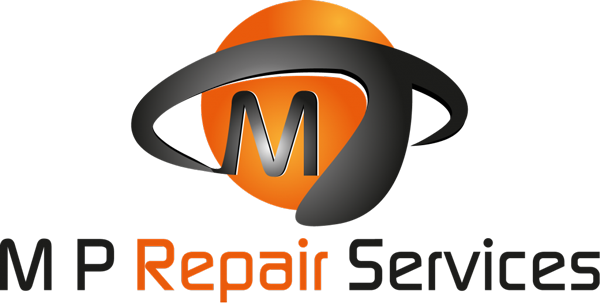
What to consider when choosing a ride on or walk behind sweeper
What are the key factors that a customer needs to consider when choosing a sweeping machine?
- Type of floor
- Size of the area to be cleaned
- Indoor or outdoor
- Ride on or walk behind
- Access, racking and fixed structures
- Type of debris and dust to be collected
- Storage area for machine
- POWER – push sweeper, battery operated, petrol
- Noise levels
- Adequate ventilation
- Machine operators and cleaning schedule
Helpful detail:
- Brush Type – depends on the type of dirt being collected. For instance, to sweep up heavy deposits a stiffer, rougher brush should be used whereas for lighter dirt or dust then a thinner more flexible brush should be used.
- Type – Does the machine need to be a ride-on or walk behind (pedestrian) sweeper. This is dependent on the size of area being cleaned and the access to it.
- Power – If it is engine powered and used for indoor floor sweeping, consideration must be given to the ventilation of exhaust fumes. If it is battery powered, then the charge life should be considered.
- Ease of Use – It should be easy to use by a variety of operators and ergonomically designed to reduce fatigue.
- Adjustable – Things like the brushes should be adjustable to ensure good contact with the floor. Some machines have a self-levelling system to maintain good contact on a variety of floor surfaces.
- Design – It should be robust as it is being used in an industrial environment. Consideration should be given to access for maintenance and cleaning.
Dimensions of the sweeper
The dimensions are particularly important if access to the cleaning area is limited by doorways etc
Cleaning / Working Width
The cleaning width is determined by the size and placement of the brush, and is different from the machine width. This is relevant for estimating how long it would take to clean a floor (along with the machine speed for ride-on machines).
Climbing Rate
If the machine has to cope with any sort of slope or uneven floor, particularly if it is to be used outside, then the climbing rate is an important measurement.
Working Speed
This will determine the speed of cleaning and the time taken
Hopper (collection tray) Capacity
The greater the capacity of the hopper, the more debris it can collect, reducing the time it takes to empty.
Brushes
They can be located on the side of the machine or in the middle or both. The side brushes are useful for sweeping against walls.
Filter Area
The filter will collect dust and will eventually need cleaning. Some machines have a “filter shaker” which deposits the collected dust from the filter into the waste hopper.
Max Area Performance Figures
Enables you to selected the machine to suit your requirements so it can clean an area in the shortest amount time. Bear in mind this is a theoretical figure and factors like the floor surface and the amount and type of dirt to be cleaned have an impact
Power Source
A small sweeper may be pushed manually by the operator whereas a large ride on sweeper is often powered by a diesel, petrol or battery. If the machine is to be used inside, this may determine whether a battery or engine powered machine is preferable.
Sound Level
This is particularly important if the machine is to be used when other operatives or the public are present.
Choosing a Floor Sweeper
Taking all the above factors into account, we understand that choosing a floor sweeper is a big decision. We hope that this information has helped you assess the type of machine you may require. We are always happy to help you with any further information you need, and if you would like us to call out out to your premises and help you further please contact us on 02890 292188 to arrange a visit.
